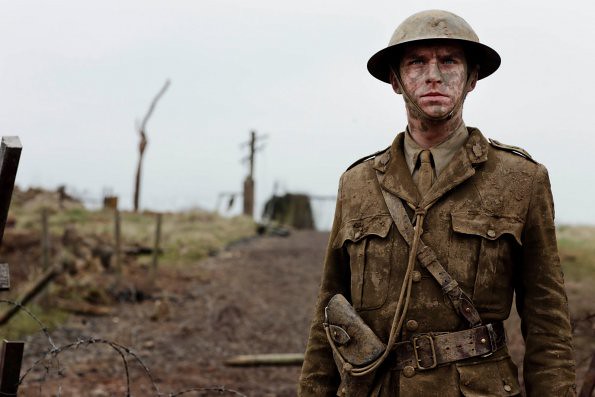
Now, as I said, I can do social history, I can do politics, I can do food, and I can even do diplomacy, but the military goes right over my head (Shh, don’t let my very military family hear this!); however, since WWI looms largely over both Downton Abbey and the Edwardians, it behooves me to do my bit and research the basics of the Great War (though naturally, I do get caught up in the spy stuff!). According to the Downton Abbey companion book, the regiments of Lord Grantham and Matthew Crawley, the North Riding Volunteers and the Duke of Manchester’s Own, respectively, were created for the series, and Lord Grantham’s mess kit was copied from that worn by an officer in the Indian Guides in 1912.
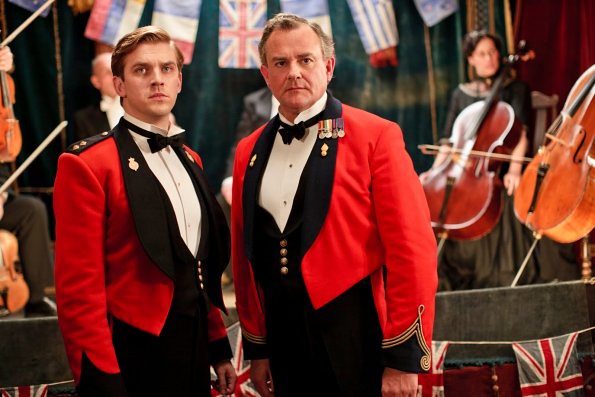
Costume designer Rosalind Ebbutt further explains that “Matthew, as an officer, would have his uniform made by his own tailor. In full dress he wears a shirt with a soft collar and tie, breeches, a service tunic that has buttons embossed with his cavalry regiment crest, field boots with laces and a Sam Browne belt, which is worn across the chest and around the waist.”
According to Wikipedia:
The British soldier went to war in August 1914, wearing the 1902 Pattern Service Dress tunic and trousers. This was a thick woollen tunic, dyed khaki. There were two breast pockets for personal items and the soldier’s AB64 Pay Book, two smaller pockets for other items, and an internal pocket sewn under the right flap of the lower tunic where the First Field Dressing was kept. Rifle patches were sewn above the breast pockets, to prevent wear from the webbing equipment and rifle. Shoulder straps were sewn on and fastened with brass buttons, with enough space for a brass regimental shoulder title.
Rank insignia was sewn onto the upper tunic sleeves, while trade badges and Long Service and Good Conduct stripes were placed on the lower sleeves. A stiffened peak cap was worn, made of the same material, with a leather strap, brass fitting and secured with two small brass buttons. Puttees were worn round the ankles, and ammunition boots with hobnail soles on the feet. Normally brown, they were made of reversed hide and had steel toe-caps, and a steel plate on the heel. …
The 1908 Pattern webbing equipment comprised a wide belt, left and right ammunition pouches which held 75 rounds each, left and right braces, a bayonet frog[jargon] and attachment for the entrenching tool handle, an entrenching tool head in web cover, water bottle carrier, small haversack and large pack. A mess tin was worn attached to one of the packs, and was contained inside a cloth buff-coloured khaki cover. Inside the haversack were personal items, knife and when on Active Service, unused portions of the daily ration. The large pack could sometimes be used to house some of these items, but was normally kept for carrying the soldier’s Greatcoat and or a blanket. The full set of 1908 webbing could weigh over 70 pounds (32 kg).
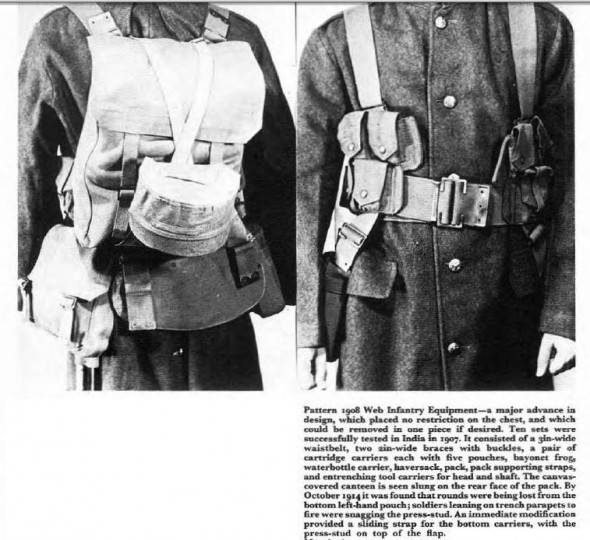
As the war progressed and the weapons began to include tanks, hand grenades, and–worst of all–chemical gas attacks, the kit of a typical English soldier changed accordingly. To their already weighty kit was added the Brodie helmet, devised in 1915 to reduce casualties via lethal head wounds, and gas masks, developed after the first poison gas attack in April of 1915, and–turning once more to The World of Downton Abbey–“officers stopped wearing their ranking badges because they made them too easy a target for the Germans.”
Thus ends my first foray into actual military matters! For those who are very interested in the minutiae of soldiery and trench warfare, I highly, highly recommend the books published by Osprey. Their extensive catalog includes books about trench warfare, the uniforms and insignia of all participating armies in WWI, brief but incredibly rich histories of the war, and titles dedicated to the particular branches of service in WWI (and some of them even include women’s uniforms!).
For those who like a general view of the war and life for the soldiers, I recommend Six Weeks: The Short and Gallant Life of the British Officer in the First World War by John Lewis-Stempel, which Dan Stevens (Matthew Crawley) found invaluable to understanding life in the trenches. And of course, don’t forget about the official companion book!

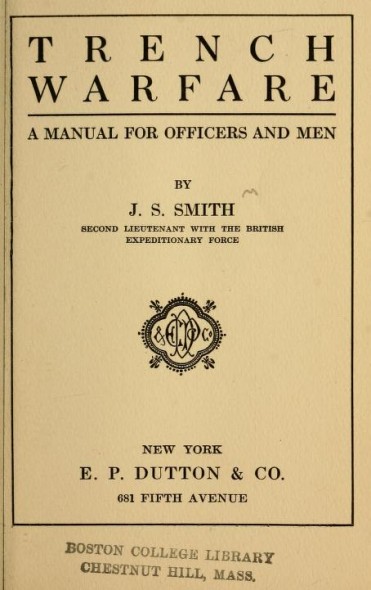
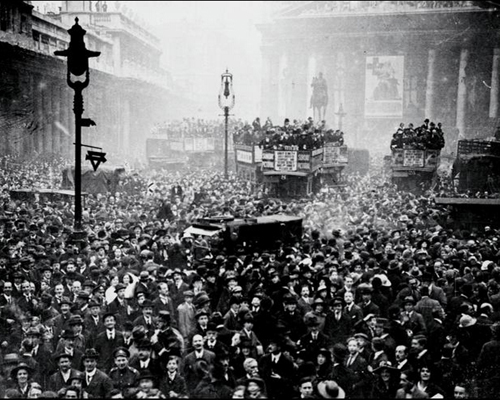
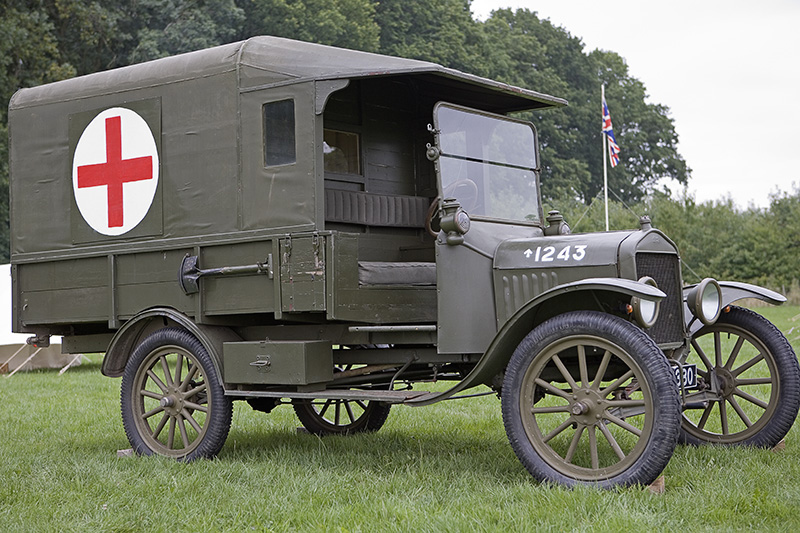
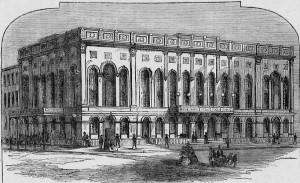
Just wondering if you’d heard anything about a TV project now being filmed, the BBC/HBO 5-parter Parade’s End , based on a tetralogy by Ford Madox Ford. The book(s) start Before the War, then depict life On The Home Front, Behind The Lines & In The Trenches. There’s social commentary laced with a touch of satire and an intense yet restrained love story to accompany the war stuff; it’s much more than a war story..
If you haven’t read the book, do give it a try; “a 900 page modernist masterpiece,” it richly repays a bit of effort. If you don’t read it, feel free to ignore most of the write-ups by people who didn’t read it, either. It does not depict a stately Edwardian world with The Quality traipsing about Great Big Houses in a dream until The Great War Changed Everything.
But the story has a lot to offer on a less rarefied level. Ford cared about landscapes, how people furnish their rooms & how they dress. (I found this site because one character wore her hair in a bandeau; not the height of fashion, she knew it suited her. What, I wondered, would she look like?) There’s also enough interpersonal drama to sate our taste for Upscale Soap Opera. (Well, my taste!)
Tom Stoppard wrote the script, so I trust much of the wit will come through. The excellent cast is led by Benedict Cumberbatch, playing our hero, Christopher Tietjens.
Keep a look out! (And I’ll keep dropping by in anticipation of Downton Abbey showing up here in January.)
I had heard about something to do with Ford Madox Ford, but did not know it was a mini-series! I love that my readers keep me informed. 🙂 I will definitely look up those books, and I’m with you about Downton!